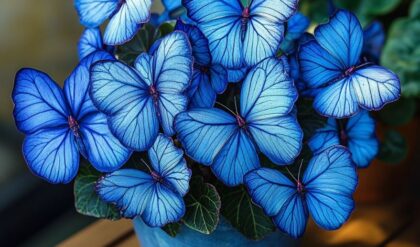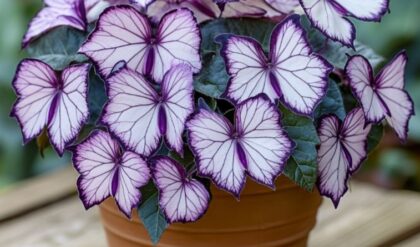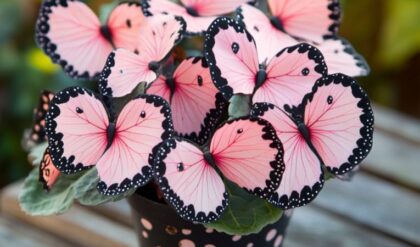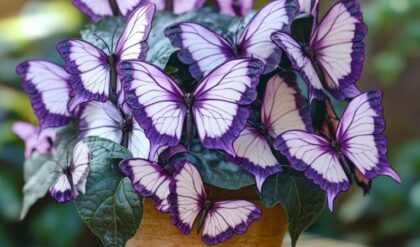When it comes to nurturing your green companions, few plants are as delightful and visually striking as begonias. Their lush foliage and vibrant blossoms can transform any space into a botanical wonderland. However, cultivating these beauties requires understanding their unique needs—much like cultivating a friendship; attention and care foster growth. Let’s explore the intricate dance of begonia plant care.
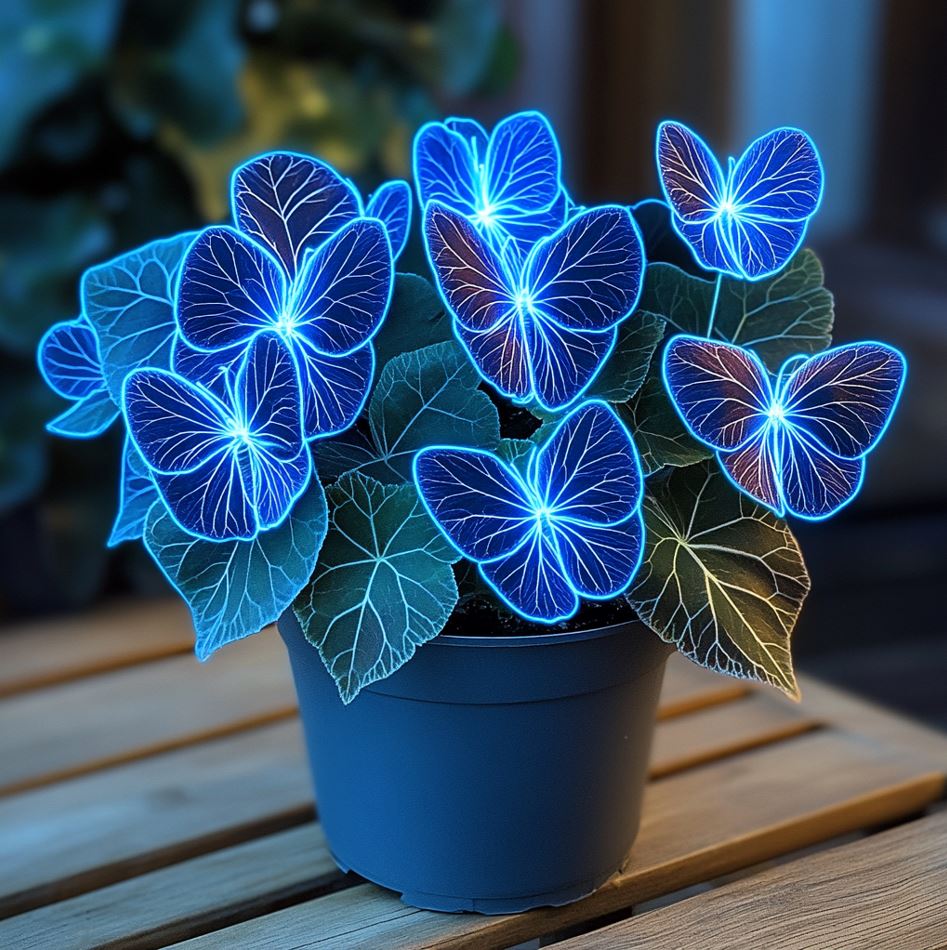
Ideal Environment: The Light Dance
Begonias thrive in conditions that mirror their native habitats, typically found in tropical regions where they enjoy indirect sunlight or shade. These plants prefer environments with filtered light, ideally receiving morning sun followed by afternoon shade, particularly in hotter climates. This delicate balance mimics the dappled light they would naturally experience under a canopy of trees. For instance, placing your begonia near a north or east-facing window can create an inviting atmosphere for them while also safeguarding them from the harsh intensity of midday rays 1.
Watering Wisely: A Thirsty Companion
Watering is one of the most vital components of begonia care. Unlike some hardy houseplants that can withstand drought, begonias have a penchant for consistent moisture. They require regular watering, ensuring the soil remains evenly moist but never soggy. Overwatering can lead to root rot, akin to drowning your friend in affection—sometimes, a little distance allows for deeper appreciation. A good rule of thumb is to water when the top inch of soil feels dry to the touch 1. This keeps the roots happy and thriving, encouraging robust growth and vibrant blooms.
Nutritional Needs: Feeding Your Green Friends
Just as we rely on nutrition for energy and growth, begonias need well-draining, nutrient-rich soil to flourish. Opt for potting mixes designed specifically for indoor plants, or create a custom blend with peat, perlite, and compost. This not only provides essential nutrients but also ensures adequate drainage, which is crucial for preventing root decay. Think of it as preparing a sumptuous feast for your beloved plant; the right ingredients lead to a hearty growth spurt 5.
Temperature and Humidity: The Comfort Zone
Like humans, begonias appreciate a comfortable atmosphere. They thrive best in temperatures between 65°F and 75°F (18°C – 24°C) and favor higher humidity levels. To replicate their natural habitat, consider using a pebble tray filled with water, or group them with other plants to create a mini ecosystem. This way, you’re not just caring for an individual plant; you’re fostering a community—much like how friends support each other’s growth 6.
Pest Management: A Watchful Eye
Despite their resilience, begonias can fall victim to pests such as aphids and spider mites. Keeping a watchful eye is essential. Regularly inspecting your plants and promptly addressing any pest concerns can prevent minor nuisances from escalating into significant issues. It’s much like maintaining a relationship: regular check-ins help ensure everything is thriving, allowing you to tackle challenges together before they become overwhelming 3.
Conclusion
By embracing these diverse aspects of begonia care, you not only cultivate healthier plants but also deepen your bond with nature. Each leaf, petal, and root tells a story—a narrative of growth, care, and connection that transcends the simple act of plant ownership into something more profound. As you embark on this journey, remember that the joy of gardening lies not just in the end result but in the experiences shared along the way.

